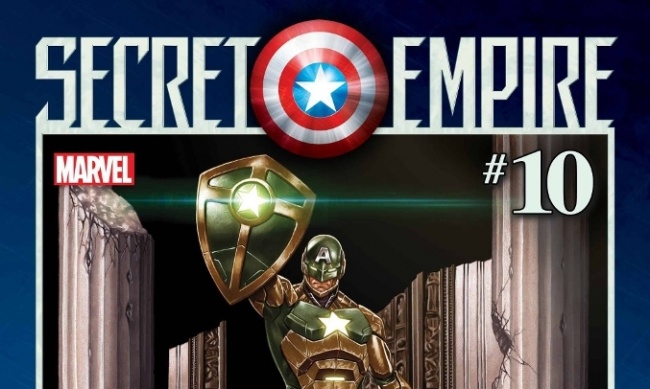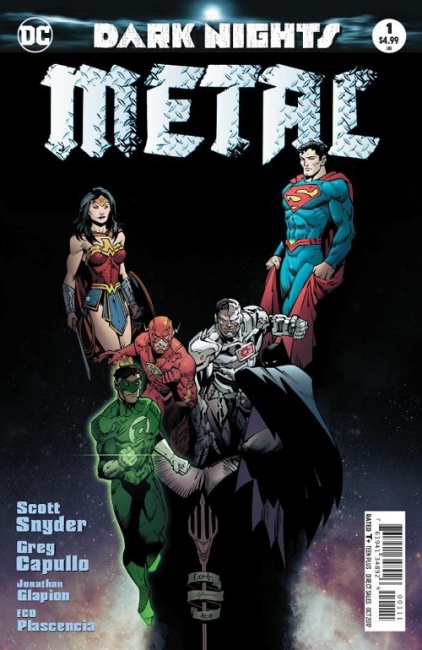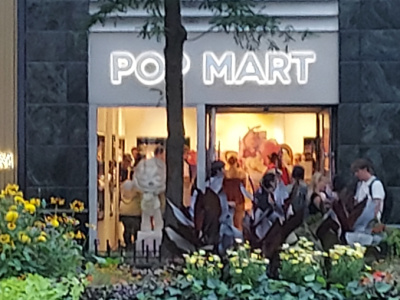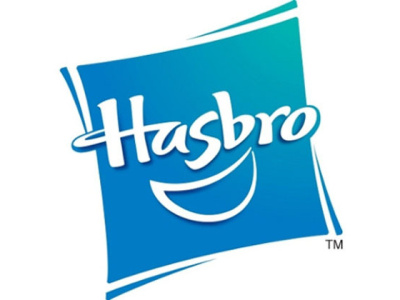Marvel used more variants to less effect than DC Comics on its top-selling event book in August in a head-to-head comparison. We had noted that the #1 comic in August, DC’s Dark Nights: Metal #1 used what we called a "full complement" of variants to support sales:
"A" cover by Greg Capullo with an embossed logo.
3 open-to-order variants by big name artists
1 Midnight Release variant
1 1/100 variant also tied to the release party
That’s a total of six covers, which helped get sales to comic stores from Diamond Comic Distributors in North America to 261,997, as calculated by ICv2 based on Diamond Comic Distributors sales indexes and publisher information provided to ICv2.
"A" cover
3 open-to-order variants ("Civil Warrior", "Shield", "Hydra Heroes")
1 1/10 incentive variant ("Kirby 100th")
1 1/50 incentive variant by J. Scott Campbell, one of the most popular cover artists
1 variant for customers ordering 125% or more of orders on Civil War #8 ("Villains")
1 variant for customers ordering 150% or more of orders on Civil War #8 ("Action Figure")
[NOTE: Secret Empire #10 had one additonal "open order" variant (Alex Ross "Generations") -- but this variant cover did not ship until the following week, so that would be included in the September order numbers.]
It's also worth noting that there were a number of retailer variants for both issues, two for Secret Empire #10, and 41(!) for Dark Night Metals #1. Those orders are also counted in the totals.
The top sellers from the Big Two aren’t directly comparable (#1 vs. #10, for one obvious difference), but it’s instructive to see the companies’ varying strategies for variants, Marvel’s greater reliance on incentive variants, and the results, which illustrate the most important factor in sales: buyers have to want the stories inside the covers, whatever they are. And in August of 2017, a lot more consumers wanted the first issue of an event book by DC’s top creative team on the company’s most popular character than wanted the final issue of a dark series that took one of Marvel’s oldest characters in a jarringly different direction. We believe the greater number of retailer variants on DC's issue here was a reflection of the difference in consumer demand (first issue vs. tenth issue).










